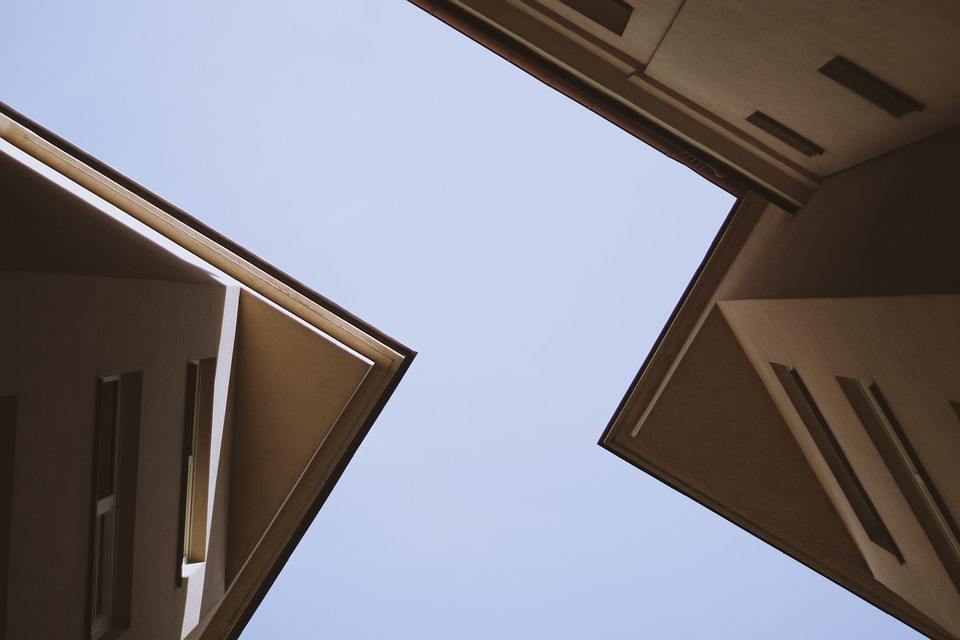When you think about commercial roofing, an architect is usually not the first person you think about. Although contractors are usually the ones responsible for the final installation of a roof, architects play a huge role too. As the chief building designers, they are responsible for the design and appearance of every part of the building, including the roof. Because of the role they play, their designs can impact how well a roof functions and how long it will last. Here are a few ways in which an architectural design or the architect themselves can affect the design and function of a commercial roof.
Providing Inadequate Drawings
Architects are supposed to provide detailed 3D roof designs to a contractor so they can complete the roof the way it was intended. What often happens is that an architect forgets to submit all the necessary drawings or submits drawings that do not take 3D space into consideration. This leaves the subcontractor or roofing company with a problem they are not usually equipped to handle.
What happens is that if the drawings do not come together in 3D space, the contractors are forced to use roofing cement and caulk to make up for the deficiencies. These materials are not made to last as long as other materials which means the roof is compromised from the beginning.
Weather-Ready Designs
The roof is one part of the building that suffers the most under different weather conditions. Because of this, the architect must work with a contractor to consider whether patterns and the climate of the area so they can find the best solution for that particular project. For example, commercial roofs in areas that experience storms and hurricanes should be designed with these weather phenomena in mind. In such cases, the architect should consult with the contractor to find the right material and they should also vary their designs, for example by changing the roof’s pitch, to help the roof withstand these harsh conditions.
Green Designs
A roof’s design affects the energy efficiency of a building. The design can affect the temperature inside the building which means the building will consume more power to either heat or cool the building down. The roof can also be used to support solar panels or vegetation which means the design must be carefully considered to ensure they can support the extra weight. Different green design considerations require different designs which falls in the architect’s purview.
Not Changing Specifications
One of the biggest reasons why commercial roofing fails is because the architect did not alter their specifications to cater to that particular project. They tend to reuse specifications and drawings without realizing it and in most cases, these designs are not up to code. In some cases, architects use the same specifications for decades, in which time the industry has moved on and their specifications are no longer best practices.
Although a lot of people do not realize it, architects play a huge role in not only the way a roof looks, but also how well it functions, holds up under extreme weather conditions, and how long it lasts. Because architects are so integral to the final roofing design, they should be up to date on the latest practices and pay greater attention when working with contractors to ensure the best results.


